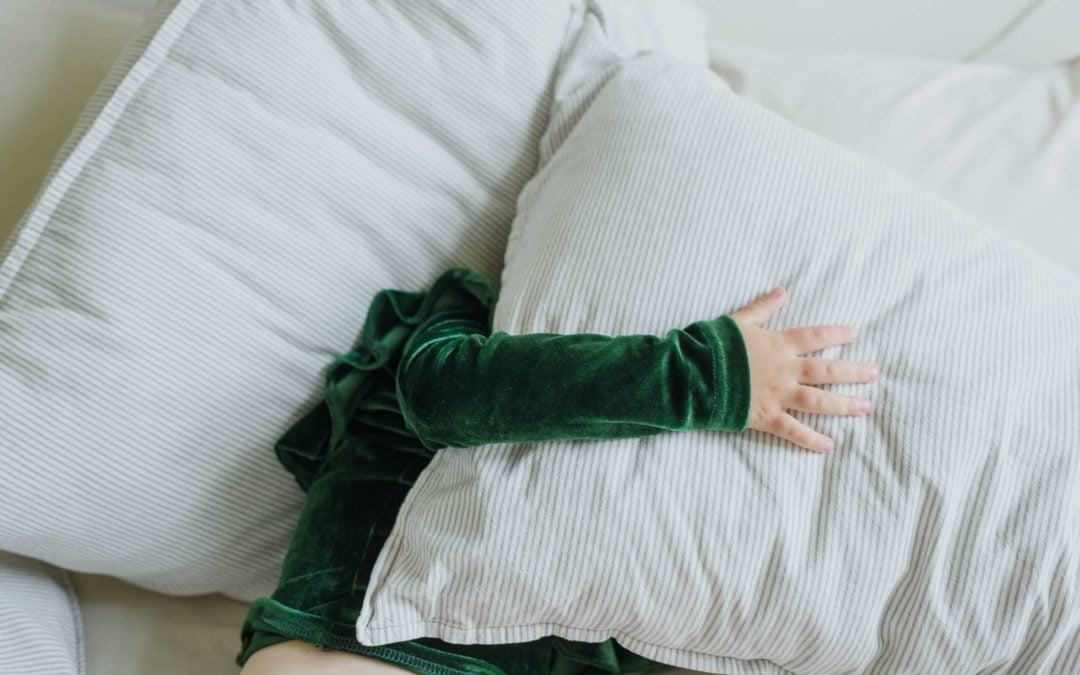Have you been snoring, tossing and turning, or even having difficulty breathing at night? Or maybe you don’t feel well-rested when you wake up in the morning. You may be suffering from obstructive sleep apnea.
Between five and nine percent of adults suffer from obstructive sleep apnea (OSA), although the numbers may be higher as many cases are undiagnosed. OSA is a long-term condition, however, it is manageable through various treatments.
If you think you may have OSA, keep reading. We will discuss what obstructive sleep apnea is, its causes, symptoms, and what kind of treatment are available to help you get a better night’s sleep.
What Is Obstructive Sleep Apnea?
OSA is a respiratory disorder that affects adults and children alike. Those with OSA experience a partial or complete collapse of their upper airway while sleeping, making it hard to breathe and can disrupt their sleep.
Imagine trying to breathe through a straw. When you’re awake, you know that it’s happening, so you can increase your breathing. When you’re asleep, however, you aren’t able to make that breathing adjustment, so you wake up.
Causes
Studies have shown that age, weight, and gender can increase your risk of experiencing OSA. Here are some of the most common risk factors.
-
- Age and Gender – Men are more likely to experience OSA than women. However, that number balances out when women become postmenopausal. One’s risk also increases as they reach their 50’s and 60’s, but then it levels off.
- Weight – Many studies show a correlation between a higher BMI (body mass index) and OSA. Even a 10% increase in weight increase makes you six times more likely to experience OSA.
- Craniofacial and upper airway abnormalities – People who exhibit abnormalities like enlarged tonsils, abnormally sized upper jaw bones, or short mandibles are more likely to have OSA.
- Neck size – People with larger necks (17 inches in men and 16 inches in women), tonsils and adenoids, or tongue are more likely to experience a blocked airway.
Other Risk Factors
Some of the additional risk factors include:
- Family history – Hereditary predispositions such as craniofacial structure, or if you have family members who snore or have OSA, your risk is increased.
- Smoking – Smokers are three times as likely to experience OSA than non-smokers.
- Nasal congestion – If you suffer from nasal congestion, you are almost twice as likely to have OSA.
Some pre-existing conditions can increase your risk of obstructive sleep apnea.
- Type 2 Diabetes
- Gastroesophageal reflux
- Cardiovascular disease
- PCOS (polycystic ovarian syndrome)
- Parkinson’s disease
- Pregnancy
- Hypothyroidism
- Obesity hypoventilation syndrome
- Chronic lung disease
Symptoms
Along with the adverse side effects someone experiences during the day, such as low energy levels and sleepiness, people with OSA can also have the following symptoms:
- Loud snoring
- Nighttime restlessness
- Insomnia
- Being awakened by choking or gasping
- Vivid dreams
- Sleepiness during the day
- Inability to concentrate
- Headaches in the morning
- Cognitive deficits
- Mood changes
Available Treatments
If you are experiencing any of the symptoms listed above, speak to your doctor. They may recommend polysomnography (a sleep study). During polysomnography, you are attached to sensors that record your brain waves and eye movements. The doctor can determine if you suffer from a sleep disorder with this information.
Depending on the sleep study results, your doctor may recommend one or more of the following treatment options.
- CPAP (Continuous positive airway pressure) therapy – CPAP therapy is the standard form of therapy for OSA. While sleeping, users wear a face mask connected to a CPAP machine that sends pressurized air to the user. CPAP machines can also be equipped with a humidifier to ease breathing. Bi-Level positive air pressure (BiPAP) therapy delivers pressure at variable rates and is recommended for those intolerant to or who don’t respond to CPAP.
- Mouthpiece or mouthguard – If you have light or moderate OSA and snore, your doctor may recommend an oral appliance. There are two categories of oral appliances. A Mandibular advancement device (MADs) repositions your jaw forward, expanding the airway. Tongue retaining devices (TRDs) grip the tongue, keeping it from blocking the airway.
- Surgery – If the non-invasive methods described above don’t work, your doctor may recommend surgery. Surgery can correct anatomical deformities that may be blocking the airways. Removing tissue from the uvula, soft palate, adenoids, tonsils, or tongue can be effective. When children receive an OSA diagnosis, they will typically have their tonsils and adenoids removed.
Get the Sleep You Deserve with DreamZz Sleep Center
If you have been experiencing drowsiness throughout the day or consistently have problems sleeping, talk to your doctor about it. There are many treatment options available to help manage your symptoms. Your doctor can put together a treatment plan combining changes in your lifestyle and other available therapies that can get you sleeping like a baby again.
DreamZz Sleep Center knows how important a good night’s sleep is, and we are here and ready to help from start to finish. Consider us your one-stop-shop! Schedule your consultation, have the necessary testing done, get your results, and then let us help you with your sleep medicine services, including CPAP/BiPAP setup and all of your follow-up care.
Don’t wait! Contact us today and start your journey to a better night’s sleep.


Recent Comments